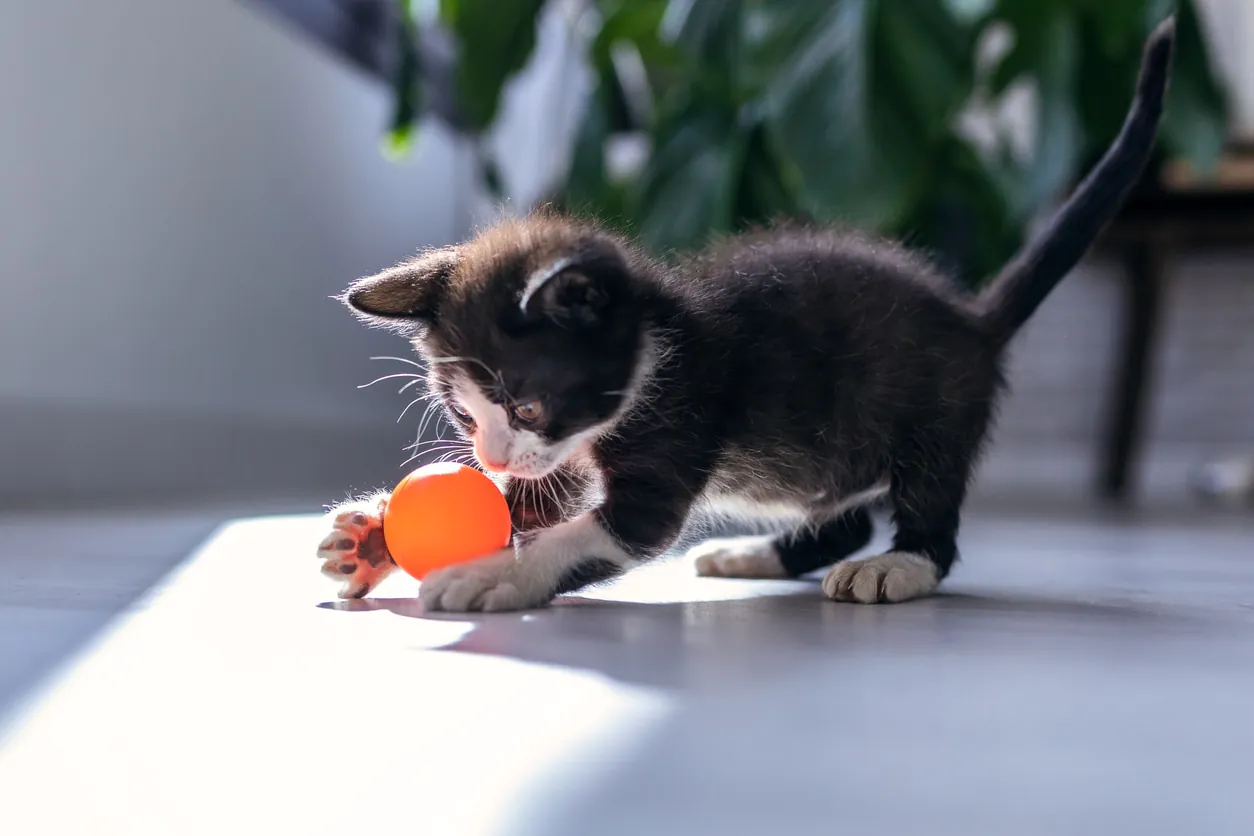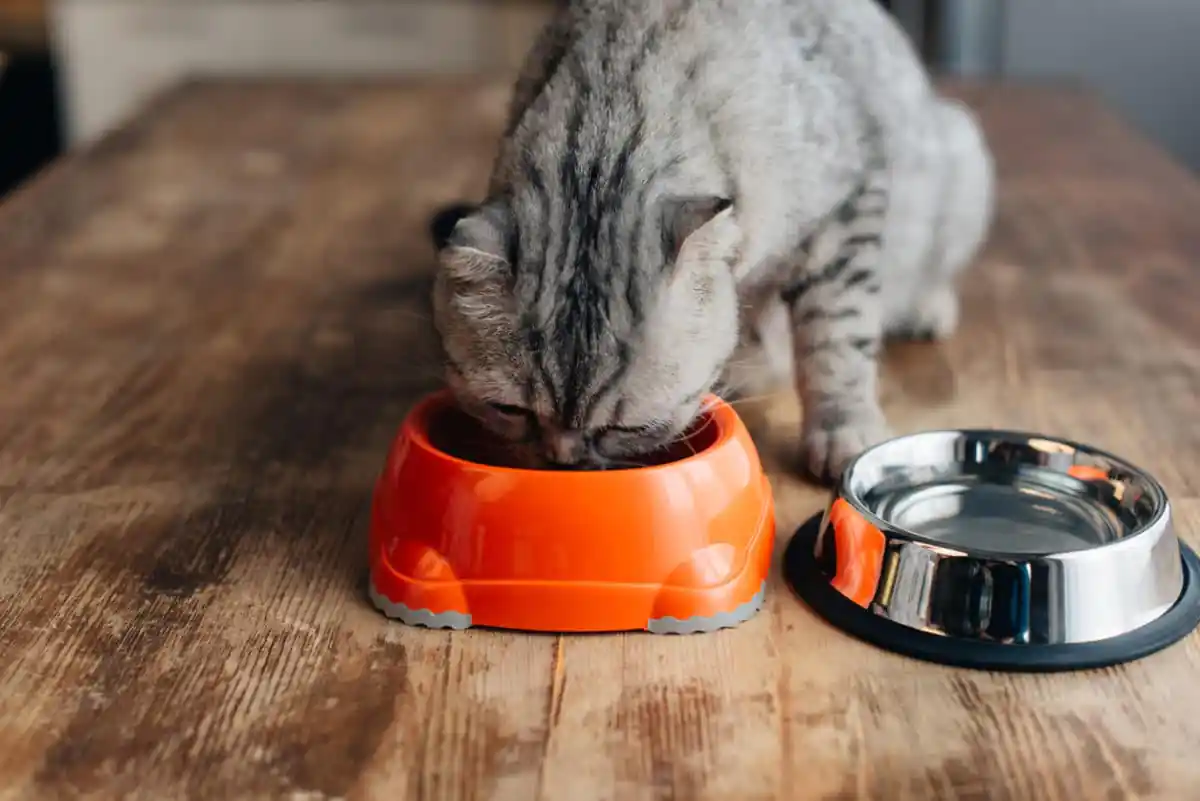When you live with a cat, a routine sets in, especially when it comes to eating. And yet, many actions that cat owners perform on a daily basis are in fact not recommended at all for the well-being and health of their furball. Here are the ones!
1. Never change your diet
This is a mistake that many of us make: always feed your cat the same thing. After all, if it suits him, he doesn’t mind eating and he seems healthy, there is no reason to change his diet.
Especially since our feline friends are known to be somewhat picky when it comes to food. So, if we were to buy new kibble or a new pâté and they refused to touch it, that would be money wasted down the drain!
But in reality, it is strongly recommended toencouraging variety in a cat’s diet. The objective? Increase gastrointestinal tolerance, or more simply strengthen the intestinal flora. In short, ultimately limit digestive disorders, but also avoid monotony. The latter can in fact end up pushing a cat to ignore its diet.
In the wild, cats aren’t limited to just one food. It therefore seems natural to offer domestic cats foods with different tastes, textures and smells. But be careful, at the beginning it is necessary to gradually introduce new foods! And if possible start this dietary diversification when they are kittens…
2. Give meals in a bowl
Many cats eat from a bowl. This seems like a completely innocuous gesture. And yet, feeding your cat from a bowl is everything that is most boring for him. So certainly the animal will certainly eat without complaint, but in reality this habit goes against its nature.
Indeed, cats are primarily hunters. In the wild, they spent much of their waking time hunting prey. It was their main activity. Today, domesticated cats fill this gap through playtime with humans, but it is not enough.

So, if you want to give your cat a more natural feeding experience, use toys that encourage foraginglike the Pipolino for example. This way, your feline will be stimulated, both physically and mentally, and will therefore necessarily be happier!
3. Feeding in a busy room
Cats are solitary predators. This means that they are not in the habit of eating their hard-hunted prey in noisy places or surrounded by other cats. This may actually be a source de stress for them, pushing them either to refuse to eat, or to hurry to swallow their ration.
To avoid any stress at meal time for your cat, install it in a quiet roomwithout disturbing noise (like a dishwasher running for example). And above all, make sure that he is alone, that is to say that he is not with other animals or even with children.
Good to know : if your cat has the habit of taking his food out of his bowl and then eating it further away, this is sometimes a sign that he needs more privacy.
4. Give a box straight out of the fridge
Some cats will not be bothered much by eating cold food. But as a general rule our feline friends prefer food at room temperature. Or lightly reheated in the microwave (be careful of the risk of burns in this case!).
Once again, this preference comes from their wild ancestors who, when hunting, ate their prey while still warm.
5. Give meals next to the water bowl and/or litter box
In nature, cats never eat near their watering hole. And even less where they relieve themselves. They would be too afraid to contaminate their food or, conversely, their water source.

Likewise, domestic cats do not like to eat near their water bowl (or water fountain) and their litter box. So be careful to separate each place well.
If you live in a small apartment, this can be somewhat difficult. But believe us, it’s important for your cat to keep each item away from each other, even if it’s just a few meters.
6. Give sweet foods to please him
First of all, the cat is a carnivore strictwhich means that it is only designed to eat meatand nothing else. So of course, it is possible to occasionally give him fruits and vegetables in small quantities – as treats for example – but it is not essential.
When it comes to sweet foods (cakes, chocolate mousse, etc.), some of us tend to think of them as little treats for our furball. A way to reward them after the meal for example. But in reality, this habit is completely… useless.
Indeed, apart from the fact that sugar is very bad for the health of catsit’s good to know that these are not, but then not at all sensitive to sweet taste. Their taste buds are not designed to sense this flavor, unlike salty, bitter or sour.


